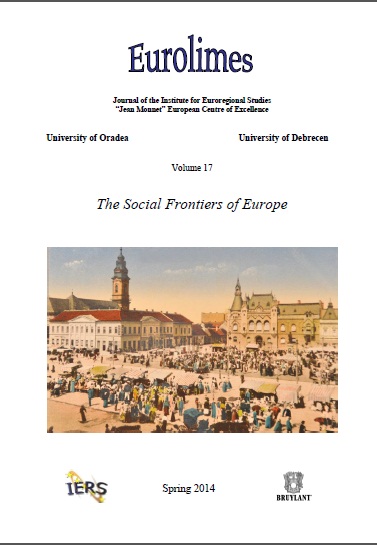Welfare States in Europe or the European Welfare State
Welfare States in Europe or the European Welfare State
Author(s): Magdalena Kakol, Bogumiła Mucha-LeszkoSubject(s): Politics / Political Sciences
Published by: Editura Universitatii din Oradea
Keywords: European social models; doctrines; stages of development; reforms
Summary/Abstract: The subject of this study is the retrospective comparative analysis of empirical models of the welfare state in Europe. It was preceded by a theoretical introduction, presenting the most important concepts of combining the advantages of the market mechanism with social protection. It follows from empirical analysis that in Europe the development of welfare state evolved into two basic models: 1) the redistributive and more egalitarian (interventionist), 2) the liberal model based on the dependence of social rights more on contributions to insurance schemes i.e. incomes and lesson inflows of taxes to the budget. The collapse of material bases of the welfare state in Europe in 1970s and 1980s resulted in the necessity of reducing its costs, which applied especially to the redistributive model, while the introduced systemic reforms impacted the growing importance of the liberal model supported by coordination policy in different forms and at different economic levels. However, the convergence of national models of the welfare state in the EU does not mean that it is the factor facilitating enough the possibility to introduce the common welfare state model. The study contains a long list of factors limiting the implementation of the European social model and it is apparent that social borders in Europe are still heavily marked and will be difficult to remove.
Journal: Eurolimes
- Issue Year: 2014
- Issue No: 17
- Page Range: 36-50
- Page Count: 14
- Language: English
- Content File-PDF

